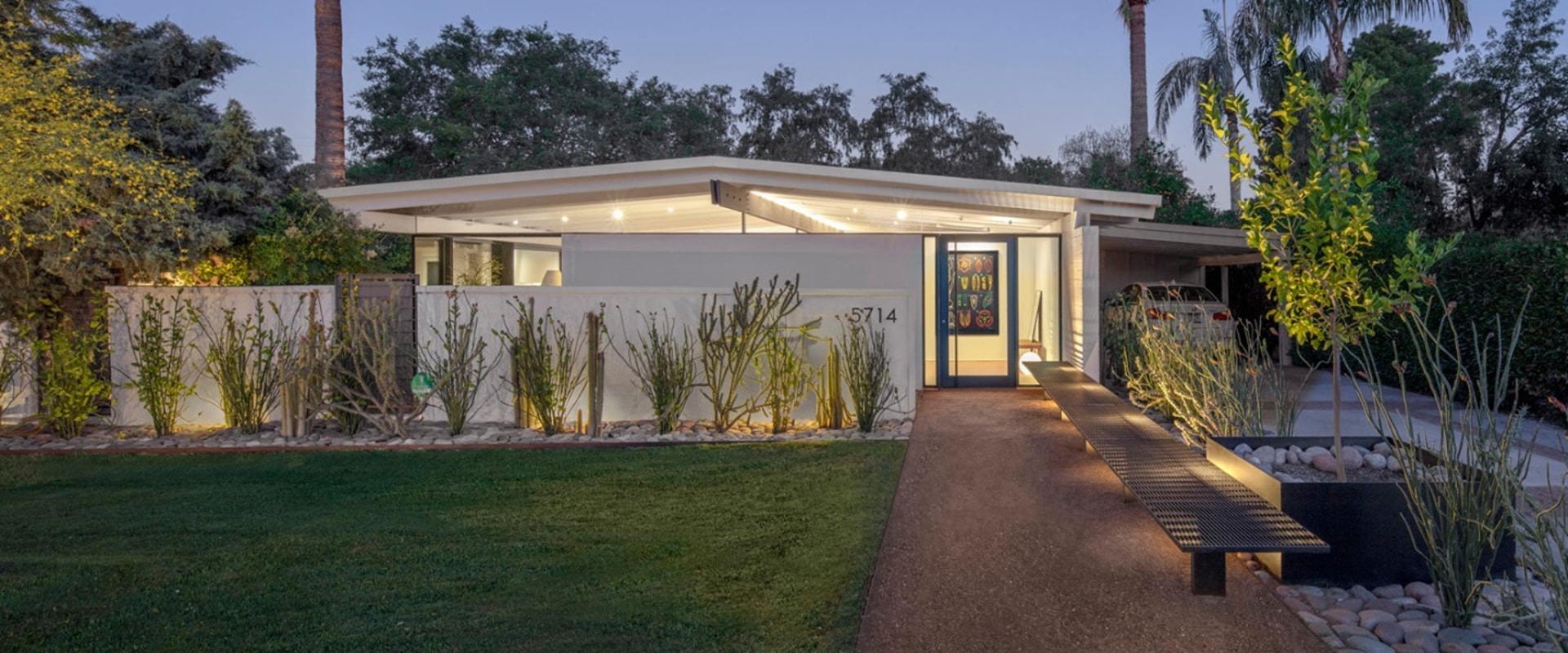Landscape design is an art form that requires a deep understanding of the principles of design. From line and form to texture, color, scale, proportion, order, repetition, unity, and rhythm, these 10 principles are the foundation of effective landscape design. Whether you're looking to give your outdoor space an expert touch or just want to learn more about landscape design, this guide will provide you with the knowledge you need to get started. Symmetrical balance is a key element of formal landscape design. This type of balance is achieved by creating a reflection of one side of the landscape on the other side.
Geometric patterns are often used in walkways, flowerbeds, and even in the way plants are pruned to give them shapes. Asymmetric balance, also known as informal balance, is more relaxed and fluid in comparison. Every good design has a focal point – the place where the viewer's attention is first attracted. This could be anything from a front door to a sculpture or water feature. Focusing on this element will help to improve the entrance to your home and create a sense of flow throughout your landscape. We comply with the Federal Trade Commission's Children's Online Privacy Protection Act (COPPA) of 1998. The best landscapers from around the world share the landscape design principles they use to transform spaces into beautiful gardens.
To ensure that all of these different elements come together perfectly, a landscaper will use these 10 key principles of landscape design. Contemporary landscape designer Claudia Crawley of Grindstone Landscapes lives in Sydney, where the creation of usable outdoor spaces is fundamental to her designs. Rhythm and line are two important principles that give the landscape a sense of movement and attract viewers “into” the landscape. You don't need to be a fully qualified landscape designer to apply some of these skills to your own landscaping project. Unity is another important principle that can be easily measured if the other five landscape principles have been correctly implemented throughout the landscape. When designing a landscape, it's important to consider not only the plants and hardscapes but also the building and the fence that surrounds it. For options on which fence would look best with your landscape, contact Dolphin Fence Corp.
Lines within a landscape are created by flowerbeds, sidewalks, where grass meets pavement, and other features. Sacha McCrae of California-based Living Gardens Landscape Design used several landscape design principles in her Laguna Charm garden. Proportion is another key principle that extends to building size, lot size, plant size, planting areas, and open space areas. Using these principles, landscape designers create landscapes that are pleasing to the eye and even inviting. With this guide as your foundation, you'll be able to create beautiful outdoor spaces that will last for years to come.



